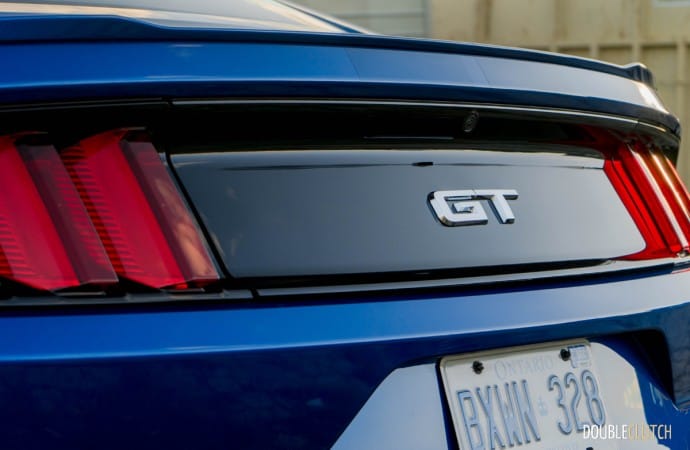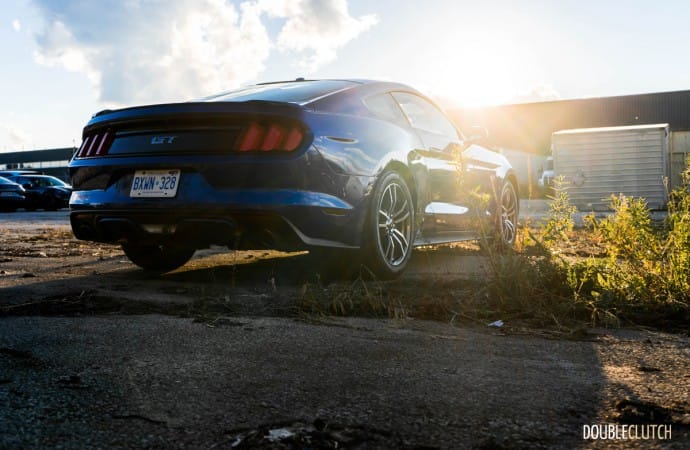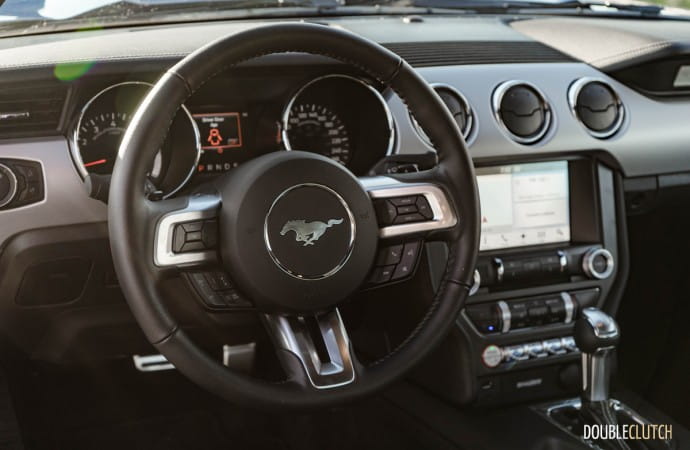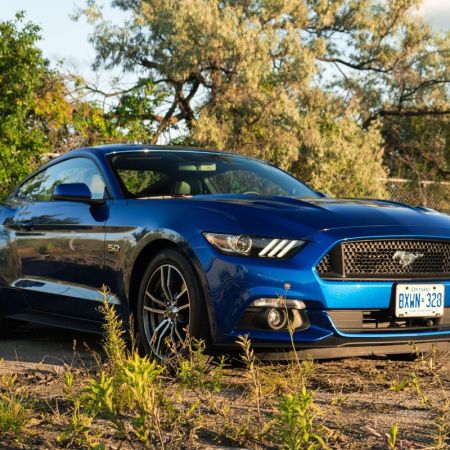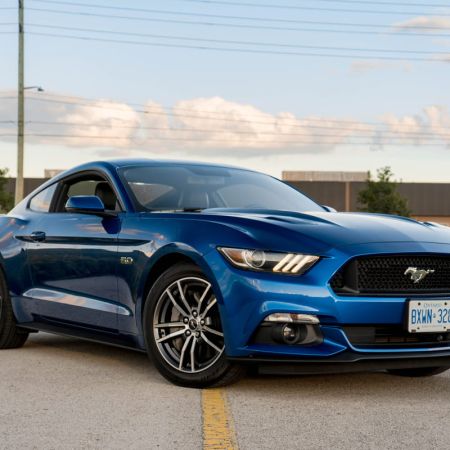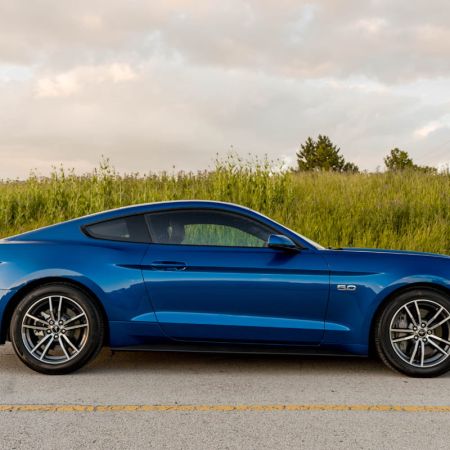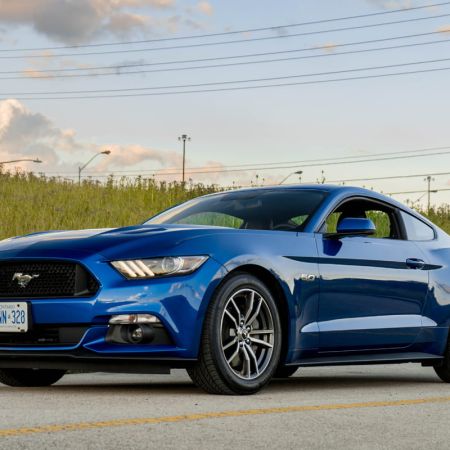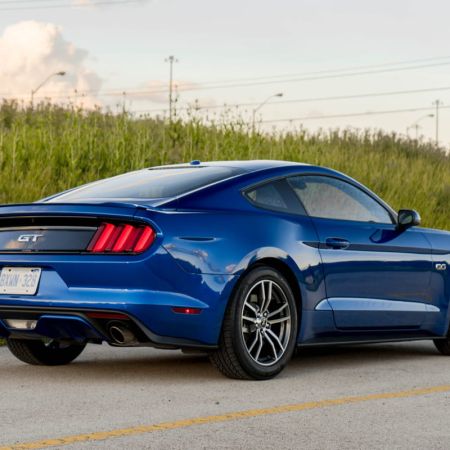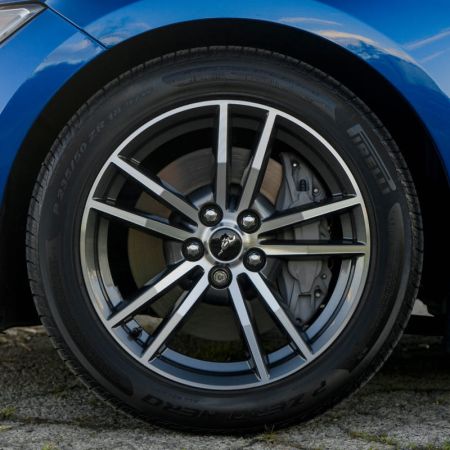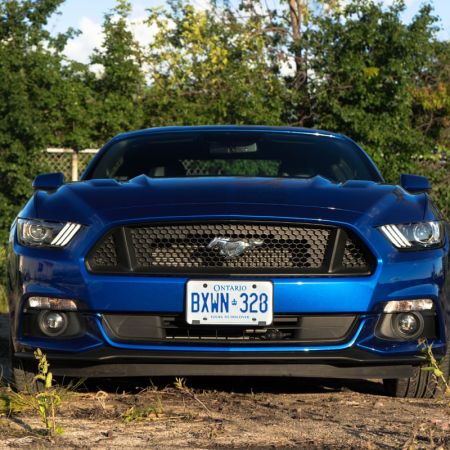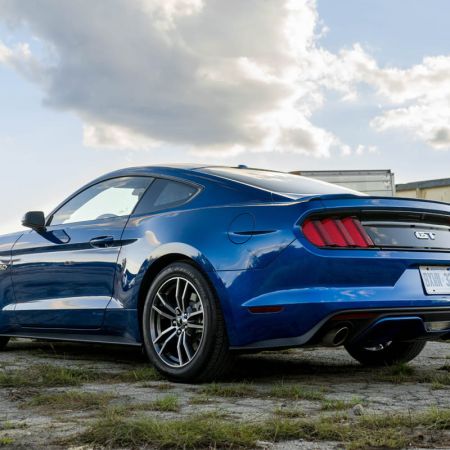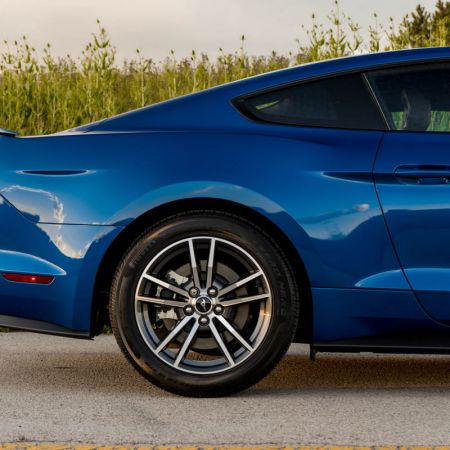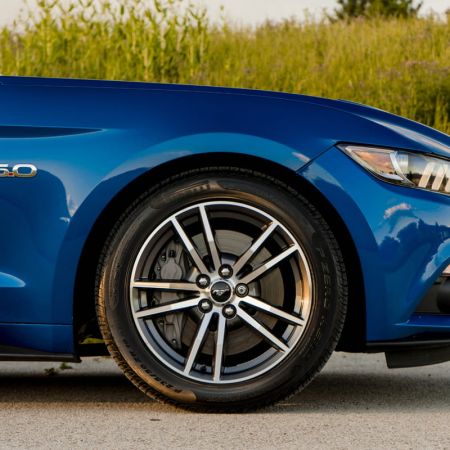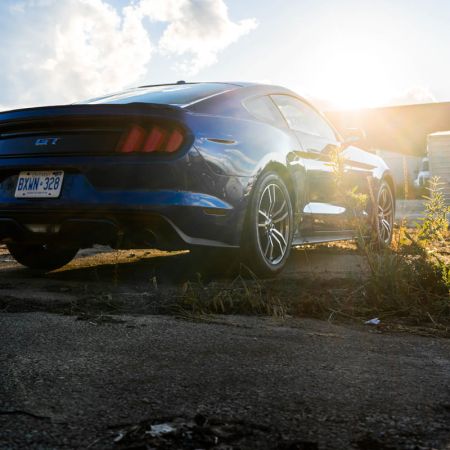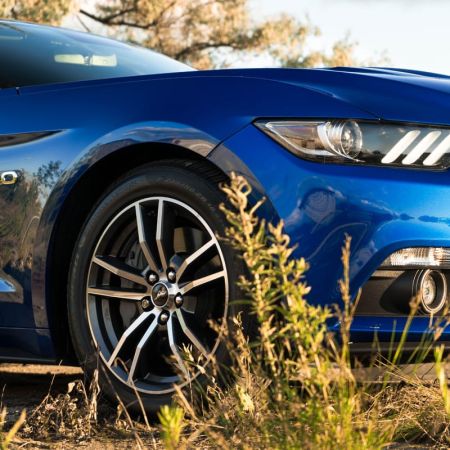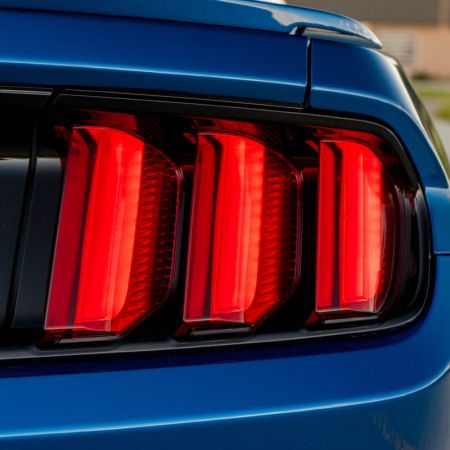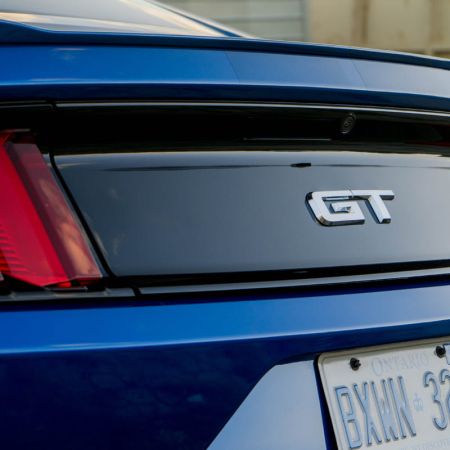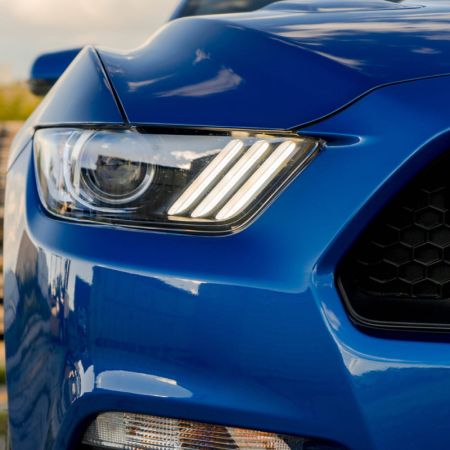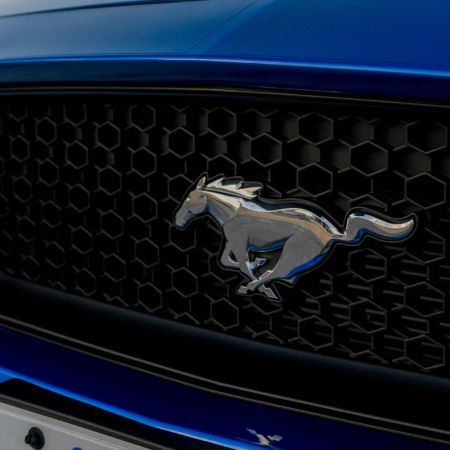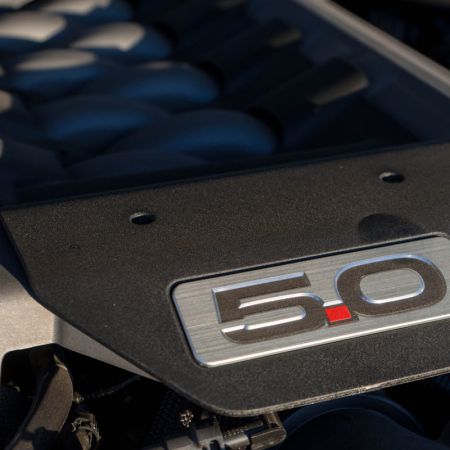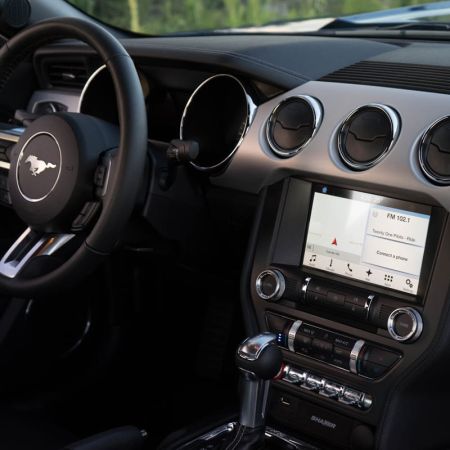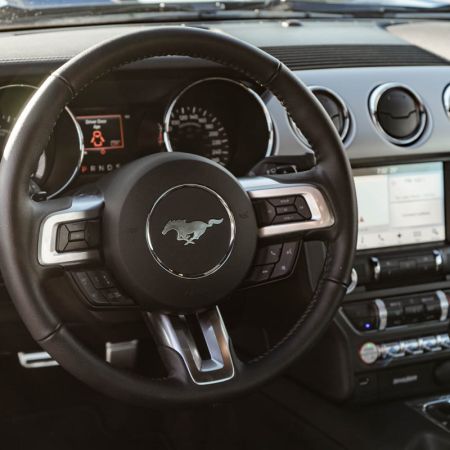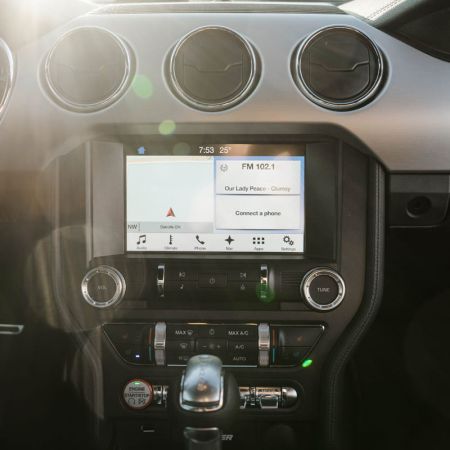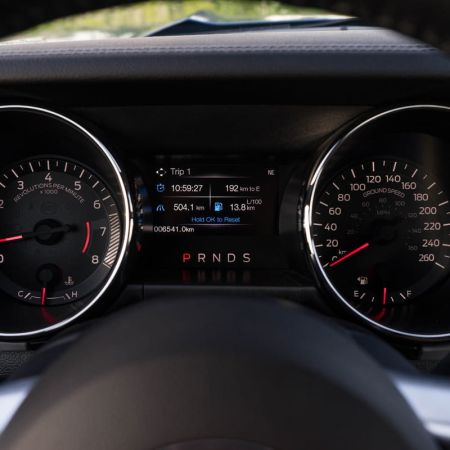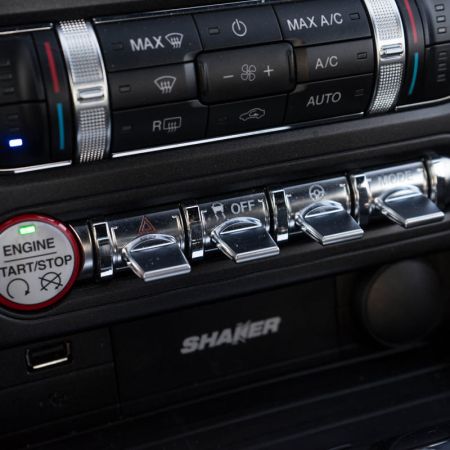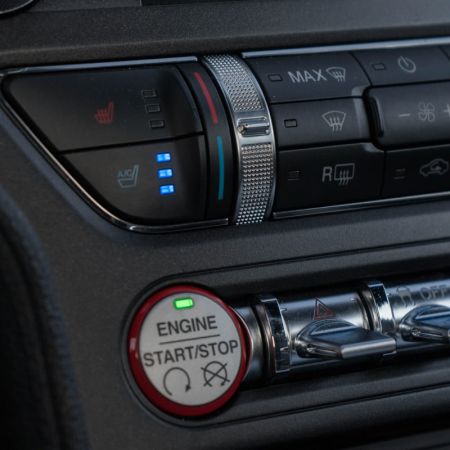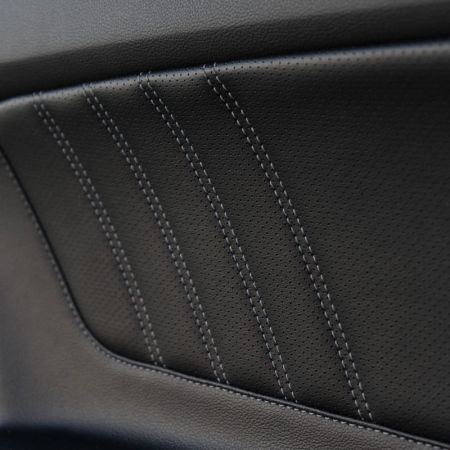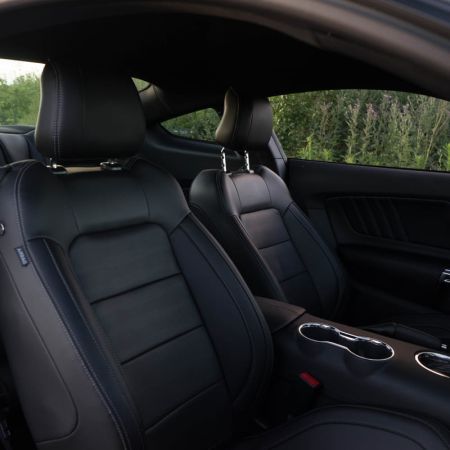The Ford Mustang is a discernible landmark in a largely saturated landscape filled with alternatives as far as the eye can see. The first-generation car stole the hearts of just about everyone who laid eyes on it upon its release in 1964. As the years progressed, the Mustang grew out of its element, becoming a fat and almost luxurious machine as opposed to the mean muscle car it was purposed to be. The second generation, the Mustang II, was made to be smaller and nimbler to make up for the sluggish ending of the previous generation.
The 80s continued this trend, essentially eliminating all of the original appeal of the first-generation car, so much so that the two vehicles have no similarities whatsoever. Of course, these changes were made to keep up with the ever changer environment of a modernizing world. While this car lasted 15 years, poor sales forced Ford to start looking at viable replacement options, including a Mazda-derived front-wheel-drive version of the car. As expected, Mustang fans sent hundreds of thousands of letters urging them to save the rear-wheel-drive car, consequently saving the Mustang as we know it today.
The fourth-generation came as the saving grace for the Mustang. Incorporating many styling cues from earlier Mustangs, this car was based on an updated version of the rear-wheel drive Fox platform called “Fox-4”. An increase in sales sparked a snowball effect, with the fifth-generation car adopting even more elements from earlier cars, utilising the nostalgia from the early days to attract new owners, as well as original buyers interested in taking a drive down memory lane via this new iteration. Fast forward to the present, with the Mustang now in its sixth-generation looking better than ever. After shedding a few pounds and gaining some new power, the 2017 Ford Mustang GT Premium tested here is the last of its kind before the 2018 refresh.
One of the neat things about the current Mustang is the range of powertrain choices. There seems to be a Mustang for just about every kind of buyer, with the option of a four-cylinder EcoBoost, a six-cylinder, and of course this big honkin’ V8. This is the GT Premium Fastback variant with the proper 5.0L engine. The 5.0L in question pushes 435 horsepower at 6,500 RPM, combined with 400 lb-ft. of torque at 4,250 RPM. That’s plenty of power under the long hood. Of course, premium fuel is required for optimal performance. Ford rates the Mustang at 14.7L/100km city and 9.4L/100km highway. After a week of driving, the attained combined average stood at 13.8L/100km, with primarily city driving.
The immense power is sometimes interesting to tame. I mean, this is an American muscle car after all. With so much of the weight at the front of the vehicle and 435 horses on tap, the rear end easily loses traction under full throttle. An experienced driver knows how to correct such occurrences, but most drivers are not prepared to handle traction loss. As the saying goes, with great power comes great responsibility.
Spirited driving aside, the Mustang GT makes for a comfortable, simple drive. The steering is nicely weighted, in such a way where driver inputs feel firm, but not so much where it feels like a task getting the car to make a turn. Steering weight can also be altered via a toggle on the centre stack, making the wheel softer or stiffer for varying driving scenarios. Throttle response is calm and collected while in the normal driving mode, though opting for Sport mode livens up the response time dramatically. Utilising the manual mode on the six-speed SelectShift transmission, paddle shifters increase driver engagement, although it makes accelerating a little jerky if you aren’t accustomed to how the transmission responds to throttle inputs.
While this Mustang GT emotes what is expected from a long line of American muscle car heritage. With it being the year 2017, technology is embedded into its DNA. Ford’s SYNC3 flourishes at centre stage for all multimedia and navigation purposes. Opting for the Premium GT adds extra goodies otherwise not found on the standard GT. For instance, the Premium includes dual-zone automatic temperature controls, aluminum pedals, ambient lighting, a Shaker audio system with 12 speakers, heated and cooled leather-trimmed front bucket seats, just to name a few.
All of this is wrapped in what can be referred to as the most refined modern Mustang to date. With the 2018 refresh just around the corner, this 2017 version really does look the part of a modern muscle car. The sloping roofline holds true to the fastback design that made the original Mustang so popular. While a convertible makes for a nice open top drive, the fastback certainly looks best on this car.
With the chrome GT logo front and centre on the decklid, the fat stance combined with the black accent piece between the two taillights makes for one bold statement for anyone behind the car. Sequential turn signals add a unique touch while signalling left or right. Finishing the car off, the LED daytime running lights keep the Mustang up to date with current lighting trends.
The interior cabin is as one would expect from any American made car; filled with leatherette and plastic bits just about everywhere. Truth be told, this doesn’t come as a disappointment. The Mustang is the working mans sports car; it’s meant to take a beating and keep on with its day. These cheaper components don’t take away from the car at all. The seating position feels natural, though for someone with more torso than legs, a more reclined driving position is required for optimal comfort. That in mind, the telescopic steering column could use a bit more telescopic range to bring the wheel closer to the driver.
The American muscle car arena holds few competitors in this day in age. Rising fuel costs and a diminishing interest in heavy, front-mounted V8s are to blame for the foreseeable extinction of this breed. While automakers are compensating for this with the introduction of smaller displacement engines wrapped in the same packaging, the meaning of a true muscle car is becoming a thing of the past. That isn’t to say these cars aren’t going down without a fight, as they seem to be pushing the limits with every passing year.
At the end of the day, these cars offer a lot of bang for your buck. For instance, our as tested vehicle, sporting Lighting Blue paint with the standard 18” Magnetic painted machined aluminum wheels, starts at $40,975. Opting for the six-speed automatic ($1,500), the 401A equipment group ($2,000), Ebony Racing Stripes ($600), and other miscellaneous options, the car sits under $46,000 as tested. Remember, that’s $45k for over 400 horsepower and plenty of well-worth-it options. Will it be the best thing around a track? Quite honestly, no, but it’s not meant to be. The 2017 Ford Mustang GT Premium is the average joe’s sports car – it’s simple, effective, and powerful.
See Also:
2017 Ford Mustang GT Convertible

